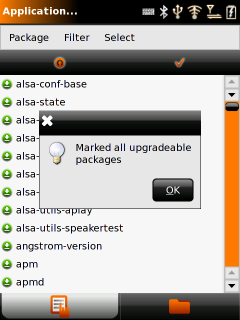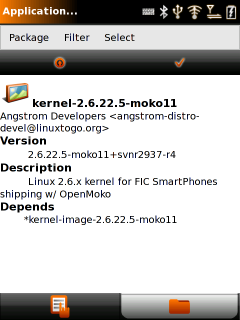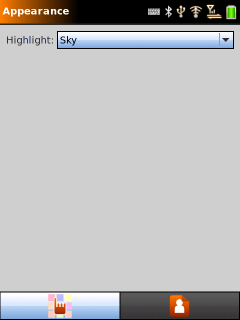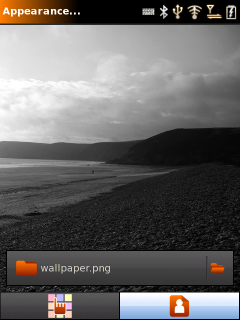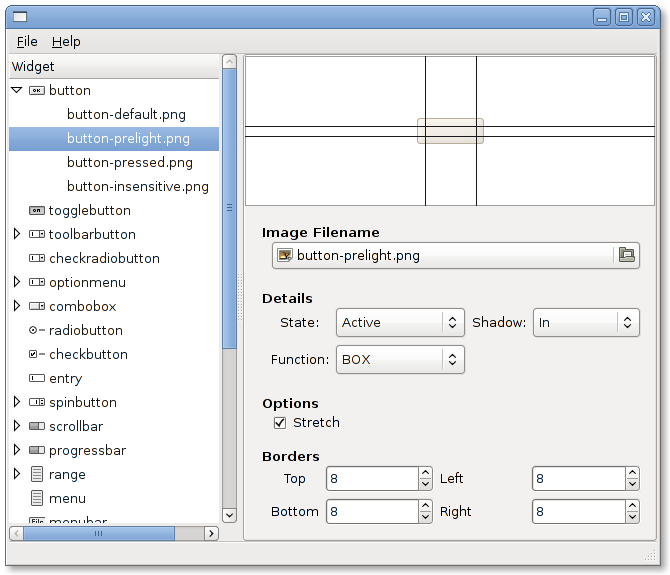We all like to have a little grumble about our favourite distribution from time to time. As it happens, I don’t have a favourite GNU/Linux distribution (they all have good and bad points), but with apparently less than 9 days to go until Fedora 8 is released, I really hope they fix the bugs I’ve been having.
Although I use other distributions on my personal computer, I have always kept my work laptop on the latest stable release of Fedora. Mainly because they have historically patched GNOME much less than other distributors and are fairly good at keeping up with the most recent GNOME (and possibly because that is what Mallum originally installed when I joined – apparently we needed to try building Poky on something other than Debian/Ubuntu!).
A week or so ago, I “upgraded” to the development version of Fedora to see if the new version of NetworkManager would help alleviate some of my problems. Unfortunately things haven’t gone quite so smoothly. Here’s a list of things I’ve noticed:
The Good
- Suspend and hibernate on my T43 are now working again. They both mysteriously stopped working after an update to Fedora 7.
- There is a great looking new GDM screen
- The new default web browser home page is a huge improvement. It’s now actually useful!
The Bad
- Power Manager now brightens my display when idle, despite the fact I have explicitly told it not to do anything when the computer is idle. I wish Power Manager would not touch my brightness settings at all, since it doesn’t know anything about the ambient light. (Could be bug 483134)
- NetworkManager now frequently crashes whenever I try to interact with it. It seems this has something to do with the Neo1973 acting as a usb network device. I see the following on the terminal:
** (nm-applet:8834): WARNING **: Error getting vendor info from HAL: No property info.vendor on device with id /org/freedesktop/Hal/devices/usb_device_1457_5122_noserial_if0 - The package management application frequently refuses to help me, insisting that another application is using the package database even though there is no sign of one working.
The Ugly
- Sorry about this one, but it’s possibly a little pet peeve. The new GTK+ theme in Fedora 8 is not to my liking at all. It is clearly unfinished (progress bars for example) and the gradients on the buttons look (to me) like blisters on human skin. Not only does it look bad, but I seriously doubt the code quality is as good as the engines in the gtk-engines module. There are a lot of very important things to consider when writing a GTK+ engine, as it will be running on every single GTK+ application. Just look at the number of bug reports and issues associated with Ubuntu’s “Ubuntulooks” engine as an example of what can go wrong (and the original Clearlooks had it’s fair share of very nasty bugs too). The engines in gtk-engines are rigorously tested and very well maintained, so I really don’t see any advantage in using yet another theme engine.
I know this last point will probably upset some people, but I really want to encourage distributions to work with upstream projects when working on themes and artwork. The look and feel of GNOME should not be the differentiating factor when choosing a distribution, so I would love to see more upstream efforts to help provide a better and more consistent visual identity for GNOME.
And please, if anyone can direct me to Fedora’s bug tacker, I would be very happy to file my issues there. Unfortunately, fedoraproject.org doesn’t seem to give me any clue on how I send my feedback to the developers. OK, I’ve found Fedora bugzilla now. Still, please let me know if any of the above problems have already been reported so I don’t end up adding duplicates.


